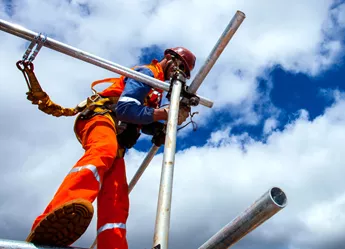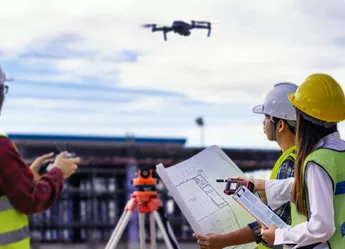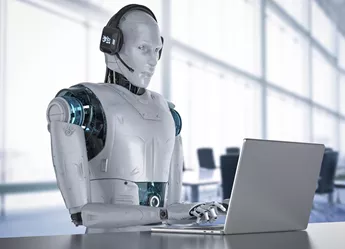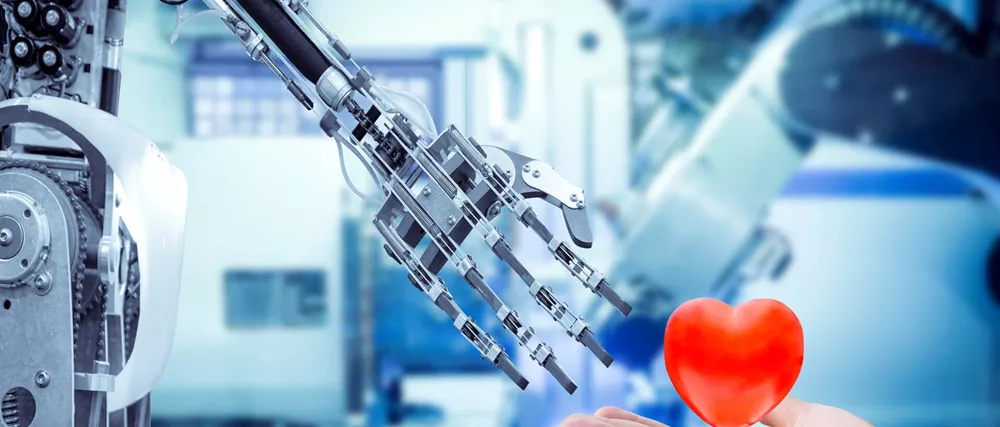Across all industries, employers, workers and organisations are waking up to the impact mental health has on business. All told, figures from the Office for National Statistics show that around 141.5 million working days were lost to sickness in the UK in 2018. That’s almost 4.5 days for every worker in the country, up from 4.1 days the year before.
So, are we all getting sicker? Could we simply fix the problem with chicken soup and hand sanitiser? Well, probably not. It turns out that some of the main causes behind the estimated combined £100 billion the UK’s losing annually to “worklessness and sickness absence” have nothing to do with viruses or workplace hygiene. In fact, a full 1 out of 8 of British sick days is down to mental health issues. That makes mental health one of the top reasons for lost work days, and we’re a long way from tackling, or even admitting, the full scale of the problem.
This isn’t just a British dilemma, either. Globally, mental health issues are ranked as the 5th highest cause of lost healthy years. For perspective, that’s one very short step behind cancer. Throughout the UK, employers are working to recognise and address the mental health needs of their workforces.


It’s not easy going for many of them. The CIOB have highlighted mental health as a real issue within the construction industry - citing little scope for sufferers to talk openly about their struggles. Resources are being pumped into helping managers and colleagues spot the signs of people in crisis, but cultural no-go areas are difficult to break open. It’s still a dangerously short hop from showing legitimate concern to accusing a co-worker of “weakness” in many British eyes. This difficulty in changing the whole conversation about mental health is a big reason why construction still has a suicide rate that’s a shocking 3 times the national average.
Getting people to recognise and talk about mental health issues is essential, but it’s only the first step. Great work is being done by employers, charities and other organisations to shine a light on the crisis and put effective help within reach for sufferers. There’s more to be done, though – and a large part of it will require understanding why mental health is such an issue in the first place. According to some studies, there’s a potentially serious link with one of the biggest topics in global business right now: automation – or at least the threat of it.
With 1 in 6 British workers being hit by mental health issues, it’s important to note that industries where automation is more of a factor are, in many cases, seeing more cases of mental stress. Again, construction provides some of the most striking examples.
While we’re probably still a fair distance away from the Robot Apocalypse we’ve been promised by the last 50 years or so of sci-fi media, it’s certainly true that automation is changing the way we think about the modern construction workplace.
Perhaps more importantly, it’s changing what it actually means to work in the building trade. Robots, drones and even 3D printing technologies are already doing jobs that would previously have taken teams of “boots on the ground” workers. As a result, we’re seeing productivity benefits and – crucially – enhanced physical safety for workers on-site. Even the traditional hardhat is undergoing a radical evolution, with technologies from head-up displays to innovative software developments in Augmented Reality boosting capabilities and improving efficiency – all while still protecting valuable skulls, of course.


However, when predictions range from 50% of jobs being replaced through technology by 2033 all the way to doomsday-level prophecies of human-free construction sites by 2050, the unease around automation makes sense. While new blood entering any industry might be expected to be tech-savvy “internet natives”, industries with aging workforces are having a particularly tough time adapting to a digital future.
That concern alone might not account for the levels of mental health-related absence we’re currently seeing, but it’s clear that worry over losing a job (whether to a robot, a younger competitor or general industrial decline) is a key factor behind a great deal of workplace stress. Predicting the full impact of automation on job prospects is still an exercise in pure crystal ball-gazing at this point, with so much changing so quickly, but that very uncertainty is itself a large part of the problem.
The Twilight Zone twist in all this sci-fi talk, of course, is that reducing uncertainty and improving safety are among the main benefits of automation in the first place. A key challenge for industries impacted by automation and digital technologies is making sure that workforce training keeps pace with the technical advances.
Not only is the perceived “threat” turning promising candidates away from considering careers in certain sectors, but there’s a tremendous potential human cost in alienating the experienced hands we already have on deck. In many cases, these are people with decades of experience that could be put to invaluable use in an increasingly automated future. Investment in retraining and “upskilling” programmes has the potential not only to keep pushing the productivity envelope, but also to have a powerful impact on job security and work-related stress.

Ultimately, what we’re talking about is future-proofing UK business. No industry is going to survive without a flesh-and-blood workforce any time soon. Until they can, the ultimate mission of automation can’t be simply to replace people.
The pace of technological change can be daunting at times, particularly when it means earthquake-level changes to the way we work. That pressure isn’t going to be letting up in for the foreseeable future, and there’s good reason to believe that it comes with measurable mental health costs accompanying all those lost work days. The workforce of the next few decades is going to need to be fast-moving and agile. Artificial Intelligence won’t be enough to cope.
It’ll take real intelligence to solve the more unconventional problems encountered in any sector. That means people with the right skills, realistic prospects and proper incentives. Certain types of job will probably, perhaps even inevitably, be thinned or phased out over time - but new ones are opening up with every technological development.
Suggestions on how to tackle the mental health issues faced by workers in “automation vulnerable” jobs range from Unite’s New Technology Agreement (which aims to ensure that workers still have a voice) right up to Universal Basic Income systems.
Make no mistake - innovation and automation are tremendous positive forces in so many respects, but the ways we apply them can leave them posing nearly as many questions as they resolve. How we ultimately end up answering those questions will say a lot about us, one way or another. In the meantime, though, the first step is recognising that any bright future we’re building toward can’t be allowed to come at the mental health costs people are paying right now.
Find out more about how the RIFT R&D team can make your innovation work harder, by claiming eligible costs for R&D tax credits. Find out more about the process of claiming R&D tax credits, and deep dive into our insights and expertise to ensure your R&D is maximised every step of the way.

